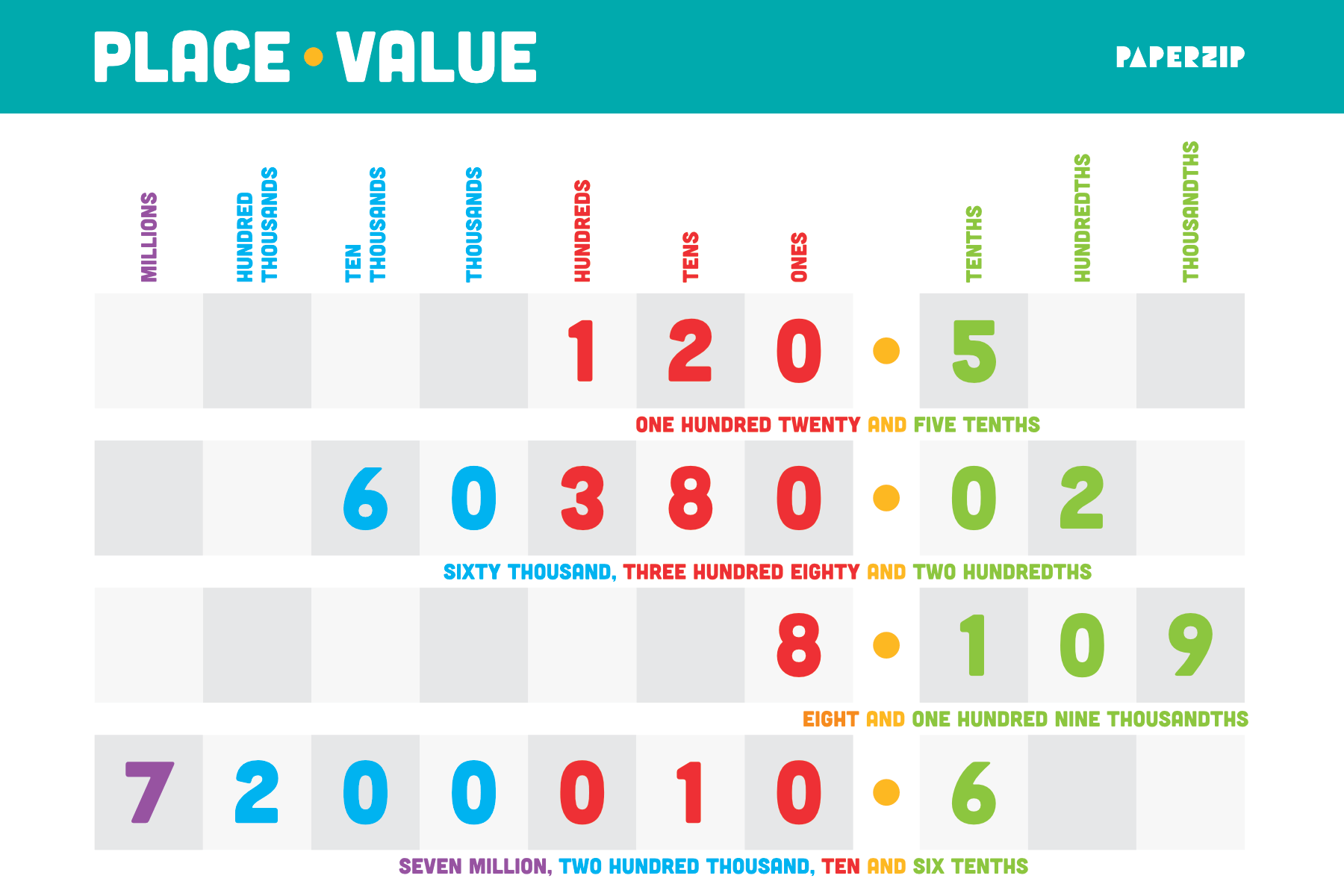When it comes to numerical notation, every digit holds significance in determining the value of a number. From the ones place to the tens, hundreds, thousands, and beyond, each position contributes to the overall magnitude of a figure. In this article, we will delve into the thousands place and explore its role in numerical representation, arithmetic operations, and its practical applications.
The Thousands Place
The thousands place is the fourth digit from the right in a whole number. It represents a value that is ten times greater than the hundreds place and a thousand times greater than the ones place. The position of a digit within a number directly affects its worth and determines the scale of the number itself.
Understanding the Value
In the decimal system, each place value represents a power of ten. The ones place represents 10^0, the tens place represents 10^1, the hundreds place represents 10^2, and so on. Similarly, the thousands place represents 10^3. This means that any digit occupying the thousands place is multiplied by 10 raised to the power of three.
For example, in the number 4,589, the digit 4 is in the thousands place. Its value can be calculated as 4 x 10^3, which equals 4,000. Thus, the thousands place contributes a substantial value to the overall number, allowing us to differentiate between numbers in the thousands, millions, billions, and beyond.
Arithmetic Operations
The presence of the thousands place significantly impacts arithmetic operations such as addition, subtraction, multiplication, and division. When performing calculations, it is crucial to align the numbers correctly according to their place values to obtain accurate results.
In addition and subtraction, the thousands place must be handled with care. For instance, adding 2,345 and 7,890 would require carrying over the value from the thousands place if the sum of the ones, tens, and hundreds places exceeds 9. Similarly, during subtraction, borrowing from the thousands place may be necessary to ensure accurate calculations.
Multiplication and division involving the thousands place allow for scaling numbers by factors of 1,000. For example, multiplying a number by 1,000 shifts all its digits three places to the left, placing the original thousands place in the millions place.
Practical Applications
Understanding the significance of the thousands place is vital in various real-life scenarios. Financial calculations, population estimations, data analysis, and scientific measurements often involve numbers in the thousands or beyond.
In finance, accurate representation of large sums or debts can significantly impact decisions. Similarly, population statistics and demographic studies require precise counting, often resulting in numbers in the thousands place.
In scientific measurements, whether dealing with astronomical distances or microscopic scales, the thousands place becomes crucial for expressing values accurately. Scientists and researchers rely on the thousands place to maintain precision and clarity in their data.
Conclusion
The thousands place is a fundamental component of numerical notation, playing a pivotal role in determining the magnitude of a number. Understanding the value and significance of the thousands place is essential for performing accurate calculations, particularly in fields such as finance, statistics, and scientific research. By recognizing the importance of each digit and its respective place value, we can effectively communicate, analyze, and work with numbers in various contexts.

